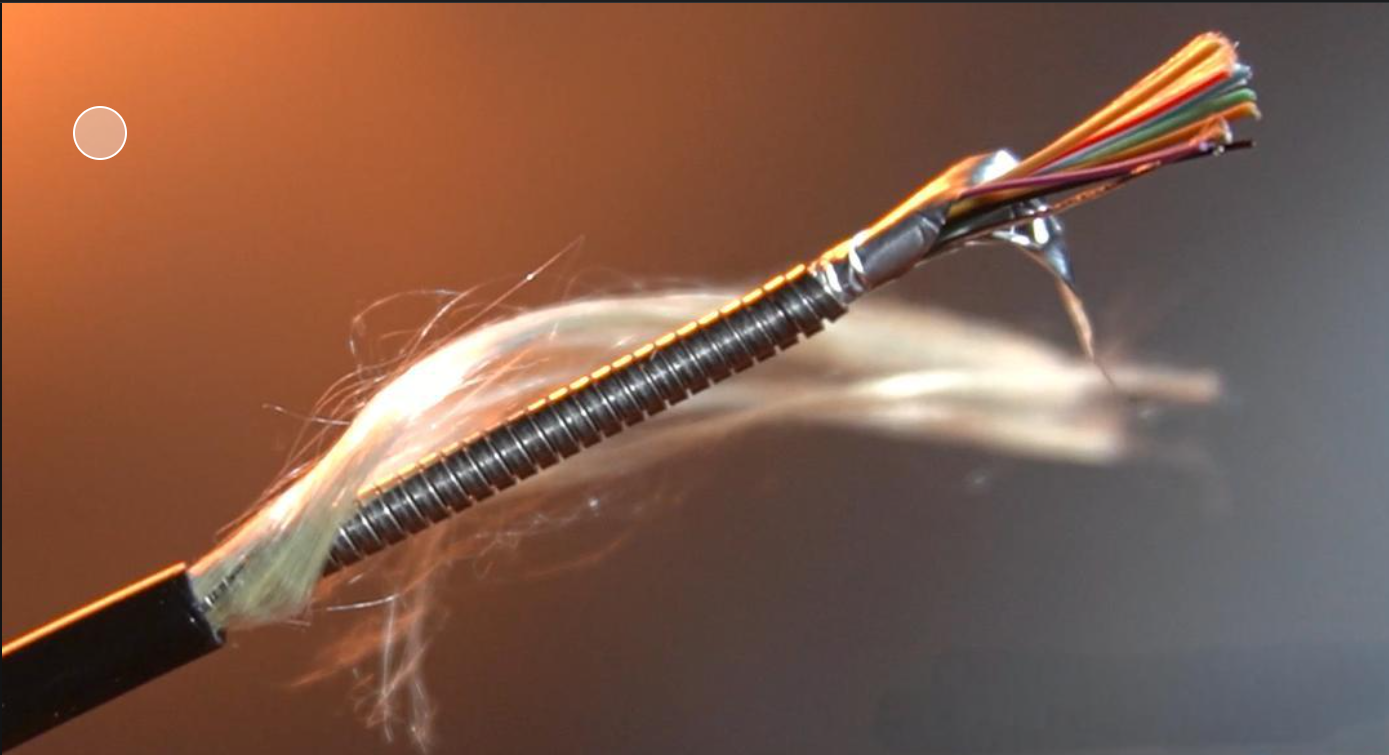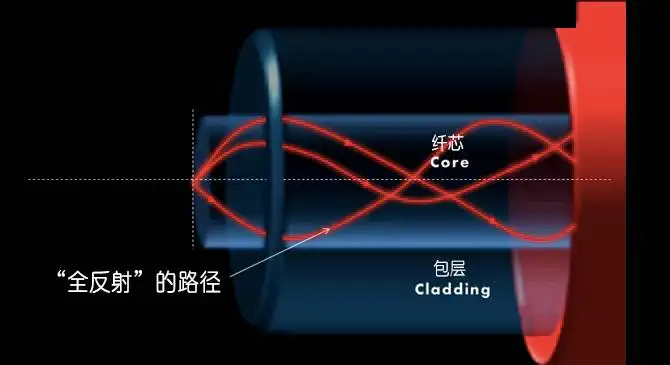- English
- Español
- Português
- русский
- Français
- 日本語
- Deutsch
- tiếng Việt
- Italiano
- Nederlands
- ภาษาไทย
- Polski
- 한국어
- Svenska
- magyar
- Malay
- বাংলা ভাষার
- Dansk
- Suomi
- हिन्दी
- Pilipino
- Türkçe
- Gaeilge
- العربية
- Indonesia
- Norsk
- تمل
- český
- ελληνικά
- український
- Javanese
- فارسی
- தமிழ்
- తెలుగు
- नेपाली
- Burmese
- български
- ລາວ
- Latine
- Қазақша
- Euskal
- Azərbaycan
- Slovenský jazyk
- Македонски
- Lietuvos
- Eesti Keel
- Română
- Slovenski
- मराठी
- Srpski језик
The Principle of Fiber Optic Communication
2024-03-20
The principle of Fiber Optic Communication
The principle of optical fiber communication is: at the transmitting end, the transmitted information (such as voice) should first be converted into an electrical signal, and then modulated onto the laser beam sent by the laser, so that the intensity of light changes with the amplitude (frequency) of the electrical signal, and sent out through the optical fiber; At the receiving end, the detector converts the optical signal into an electrical signal and demodulates it to restore the original information

Fiber optic communication is the main transmission method of modern communication networks, with a development history of only one or two decades. It has gone through three generations: short wavelength multimode fiber, long wavelength multimode fiber, and long wavelength single-mode fiber. The adoption of fiber optic communication is a major change in communication history. More than 20 countries, including the United States, Japan, the United Kingdom, and France, have announced that they will no longer build cable communication lines and are committed to developing fiber optic communication. China's fiber optic communication has entered the practical stage
The birth and development of fiber optic communication is an important revolution in the history of telecommunications, alongside satellite communication and mobile communication as technologies of the 1990s. After entering the 21st century, due to the rapid development of internet services and the growth of audio, video, data, and multimedia applications, there is a more urgent demand for high-capacity (ultra high speed and ultra long distance) optical wave transmission systems and networks.
Fiber optic communication is a latest communication technology that uses light waves as carriers to transmit information, and optical fibers as transmission media to achieve communication goals.

The development process of communication is a process of continuously increasing the carrier frequency to expand communication capacity. Optical frequency as the carrier frequency has reached the upper limit of communication carrier, because light is an electromagnetic wave with extremely high frequency, using light as the carrier for communication has a huge capacity, which is thousands of times that of previous communication methods, and has great attraction. Optical communication has long been a goal pursued by people and is also an inevitable direction of communication development.
The main difference between fiber optic communication and traditional electrical communication lies in many advantages: it has a large transmission frequency bandwidth and communication capacity; Low transmission loss and long relay distance; The wire has a fine diameter, light weight, and the raw material is quartz, which saves metal materials and is conducive to the rational use of resources; Strong insulation and anti electromagnetic interference performance; It also has advantages such as strong corrosion resistance, strong radiation resistance, good flexibility, no electric sparks, small leakage, and strong confidentiality, and can be used in special environments or military applications.
The application fields of fiber optic communication are very extensive, mainly used for local telephone trunk lines. The advantages of fiber optic communication can be fully utilized here, gradually replacing cables and being widely used. It is also used for long-distance trunk communication. In the past, it mainly relied on cable, microwave, and satellite communication. Now, fiber optic communication is gradually being used, forming a globally dominant bit transmission method; Used for global communication networks and public telecommunications networks in various countries (such as China's national primary trunk lines, provincial secondary trunk lines, and branch lines below counties); It is also used for high-quality color TV transmission, industrial production site monitoring and scheduling, traffic monitoring and control command, urban cable TV network, shared antenna (CATV) system, fiber optic LAN and other applications such as in aircraft, spacecraft, ships, mines, power departments, military and corrosive and radiative environments.





